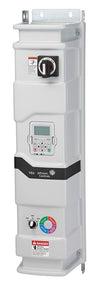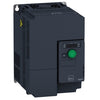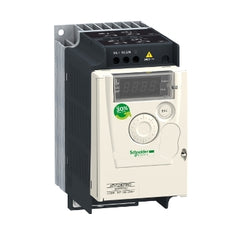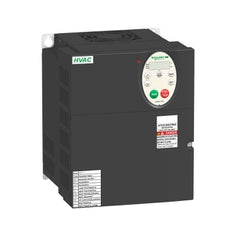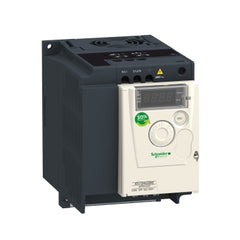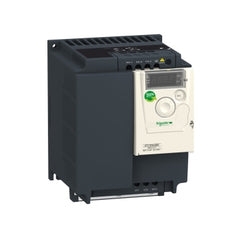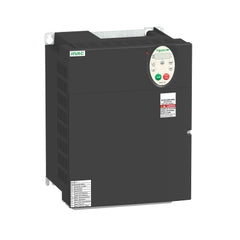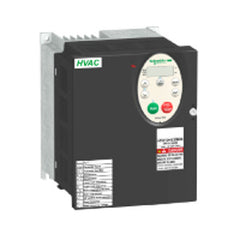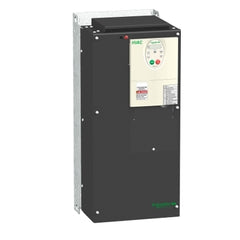variable frequency drives



![LS Electric LSLV0040G100-4EOFN Variable Frequency Drive, 5 HP (9A), THREE Phase, 380-480V, IP20 Housing, with LCD, Model G100 [6041002600] | Blackhawk Supply](http://blackhawksupply.com/cdn/shop/files/G100_bdaa8cbb-6406-4702-8ee5-3acf0a7fba27_medium.png?v=1762520570)






![LS Electric LSLV0075G100-2EONN Variable Frequency Drive, 10 HP (32A), THREE Phase, 200-240V, IP20 Housing, with LCD, Model G100 [6040000800] | Blackhawk Supply](http://blackhawksupply.com/cdn/shop/files/G100_b957a512-81d5-4bf9-afc4-70febbafb9e6_medium.png?v=1762520555)



Variable Frequency Drives
Maintaining appropriate control over motor speed can be complex under certain conditions. Variable-frequency drives, or VFDs, are the ideal solution, offering complete control by converting and controlling incoming power.
We partner with industry-leading manufacturers to provide premium-quality VFDs for every application.
Maintain the Appropriate Speeds With a Variable Frequency Drive
To keep your motor running smoothly, you need an appropriately-sized variable frequency drive, which is why we stock diverse options, including:
- 0.5-horsepower to 600-horsepower options
- 4-amp to 92.6-amp drives
- Single-phase and three-phase products
- 115-volt to 600-volt VFDs
Regardless of the project's size or complexity, we offer a variable frequency drive that meets your project requirements.
Trust Us for Industry-Quality Control
Ensure your HVAC systems and other motor-driven systems have the appropriate power control with a variable frequency drive from Blackhawk Supply. With a customer-focused approach to HVAC components and over 30 years of experience in the industry, our team is ready to serve you.
Place your order today or contact us to discuss your specific needs.
Popular Products
View all →



![Neptronic EHS45-600-10 1 Phase 45 Amps Multi-Signal Control | [NFEHS45-600-10] | Blackhawk Supply](http://blackhawksupply.com/cdn/shop/files/Ehs_top50_5be614da-dadc-4f89-b4d5-7838916e139a_large.png?v=1762525180)




